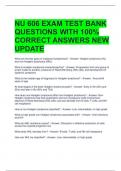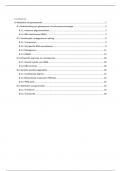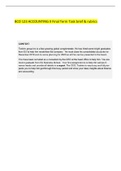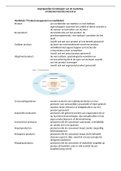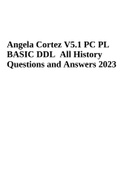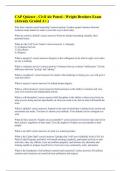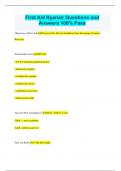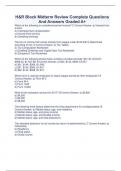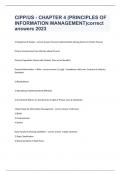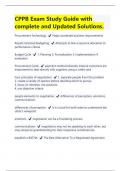Exam (elaborations)
NU 606 EXAM TEST BANK QUESTIONS WITH 100% CORRECT ANSWERS NEW UPDATE
- Course
- Institution
NU 606 EXAM TEST BANK QUESTIONS WITH 100% CORRECT ANSWERS NEW UPDATE What are the two types of malignant lymphomas? - Answer- Hodgkin lymphoma (HL) and non-Hodgkin lymphoma (NHL) What is Hodgkin lymphoma characterized by? - Answer- Progression from one group of lymph nodes to another, presence...
[Show more]
